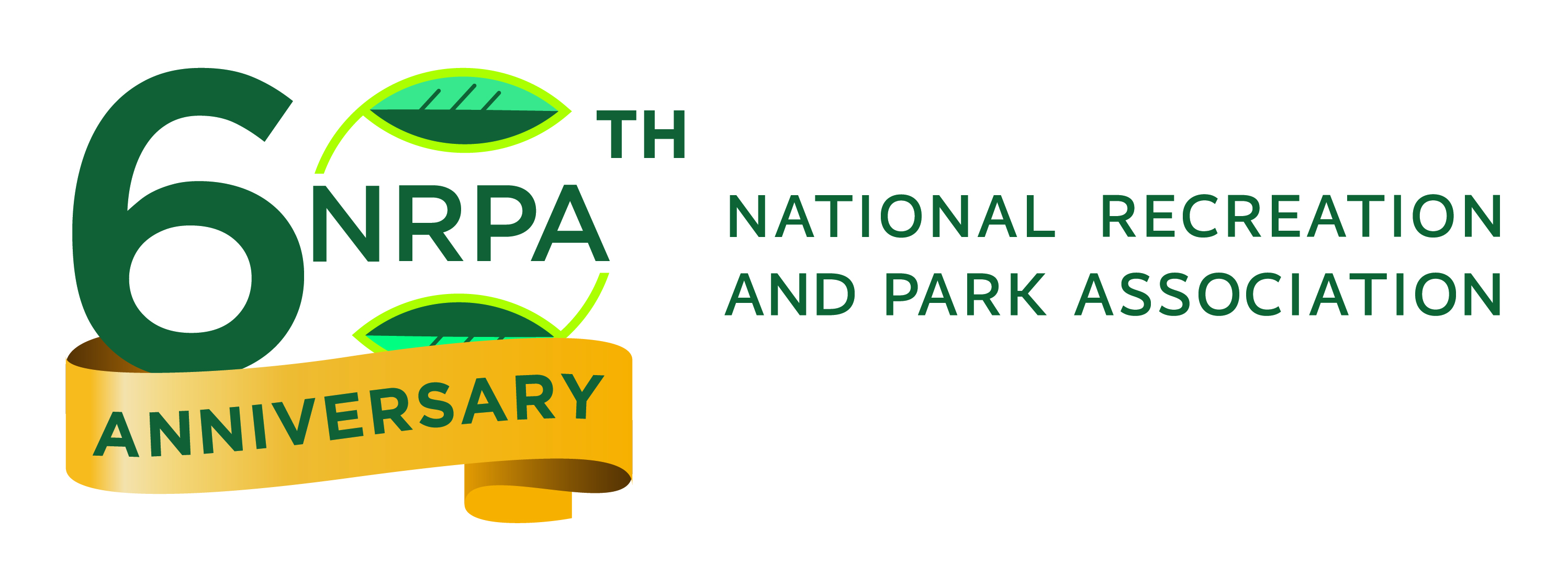Local park and recreation spending supports more than 1.1 million jobs
Ashburn, Va. (April 23, 2020) — A new report issued by the National Recreation and Park Association (NRPA) demonstrates the vast economic impact of our nation’s local park and recreation professionals and the agencies they manage. According to the report, local parks generated more than $166 billion in U.S. economic activity and supported more than 1.1 million jobs in 2017 from their operations and capital spending alone.
Developed in partnership with the Center for Regional Analysis at George Mason University, the report also includes a state-level analysis that highlights the economic impact of local parks in all 50 states and the District of Columbia. The top 10 states with the highest economic impact in 2017 were:
- California — $16 billion
- Florida — $10.1 billion
- Illinois — $10 billion
- New York — $9.2 billion
- Texas — $8.7 billion
- Colorado — $4.4 billion
- Ohio — $4.3 billion
- Washington — $3.8 billion
- North Carolina — $3.2 billion
- Virginia — $2.7 billion
“Not only do park and recreation professionals work tirelessly to provide essential health and environmental benefits to their communities, but the agencies in which they serve are also powerful engines of economic activity,” said Kristine Stratton, NRPA president and CEO. “This report demonstrates why policymakers and elected officials at all levels of government should prioritize park and recreation funding in communities everywhere now more than ever. The impact these investments provide are critical to communities nationwide.”
Dr. Terry Clower, lead investigator for the study, observes: “Local park and recreation agencies are growing in economic importance, not only as generators of jobs and local business opportunity, but as major contributors to local quality of life.” Clower further notes that quality of life and the availability of recreation amenities is increasingly important for attracting and retaining workers and employers, which extends the economic impacts of park and recreation spending beyond what is captured in the current study.
Public support for parks and recreation has never been stronger. In a recent Park Pulse survey, five in six U.S. adults agreed that visiting their local parks, trails and open spaces is essential for their mental and physical well-being during the COVID-19 pandemic. More than half (59 percent) of survey respondents said it is very or extremely essential to exercise in parks and green spaces to relieve stress and remain healthy during this crisis, while maintaining physical distancing.
NRPA supports permanent funding of the Land and Water Conservation Fund (LWCF) through passage of the Great American Outdoors Act to ensure $900 million annually, 40 percent of which would go to state and local assistance. These funds would help create new parks or redevelop existing parks and public outdoor recreation sites. The LWCF State Assistance Program has strict requirements that ensure projects funded through the program are used for outdoor recreation in perpetuity. This funding would assist local park and recreation professionals as they develop plans that will contribute to their local economies.
To access the report, visit www.nrpa.org/ParkEconReport.
To learn more about NRPA, visit www.nrpa.org.
###
About the National Recreation and Park Association
The National Recreation and Park Association (NRPA) is the leading not-for-profit organization dedicated to building strong, vibrant, and resilient communities through the power of parks and recreation. With more than 60,000 members, NRPA advances this mission by investing in and championing the work of park and recreation professionals and supporters — the catalysts for positive change in service of parks for all, climate-readiness, and overall health and well-being. For more information, visit www.nrpa.org. For digital access to NRPA’s flagship publication, Parks & Recreation, visit www.parksandrecreation.org.
